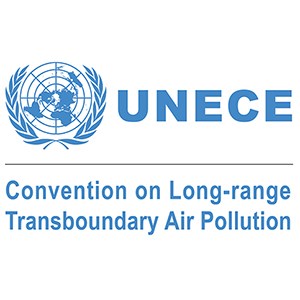Contact
Head of Programme Centre: James Kurén Weldon. E-mail James
Co-Chair: Salar Valinia. E-mail Salar
Co-Chair: Ulf Grandin. E-mail Ulf
Data submissions and requests: im-database@slu.se

The convention is a framework that brings together science and policy to deal with air pollution, launched in 1979. It is a successful example of what can be achieved through intergovernmental cooperation.
When air pollutants from thousands of kilometres away were found to damage entire ecosystems, international cooperation was needed to mitigate the effects. The United Nations Economic Commission for Europe (UNECE) gathered European countries to cooperate to reduce air pollution. It resulted in the Convention on Long-range Transboundary Air Pollution (CLTRAP) in 1979. This treaty was the first of its kind and has laid the foundation of a very successful framework. Over the years, the number of substances covered by the Convention and its protocols has been gradually extended. Today it also covers ground-level ozone, persistent organic pollutants, heavy metals, and particulate matter.
The Convention has substantially contributed to the development of international environmental law. It has created a much-needed framework for controlling and reducing the damage to human health and the environment caused by transboundary air pollution.
Head of Programme Centre: James Kurén Weldon. E-mail James
Co-Chair: Salar Valinia. E-mail Salar
Co-Chair: Ulf Grandin. E-mail Ulf
Data submissions and requests: im-database@slu.se